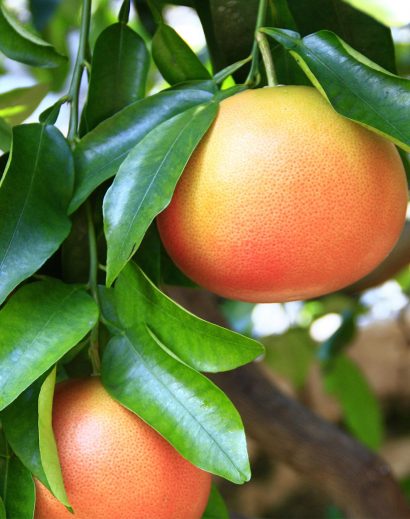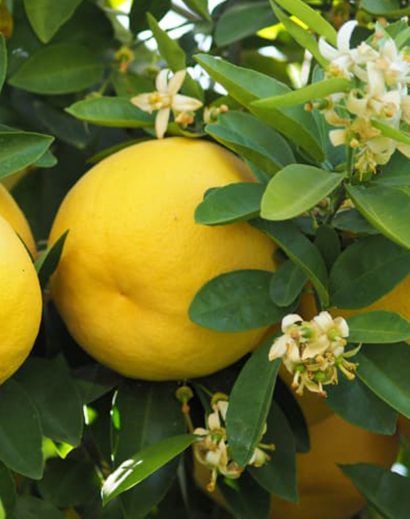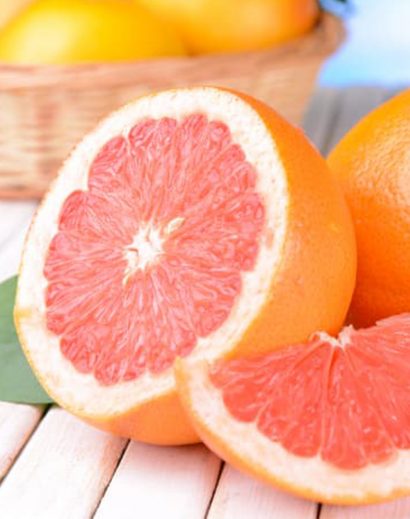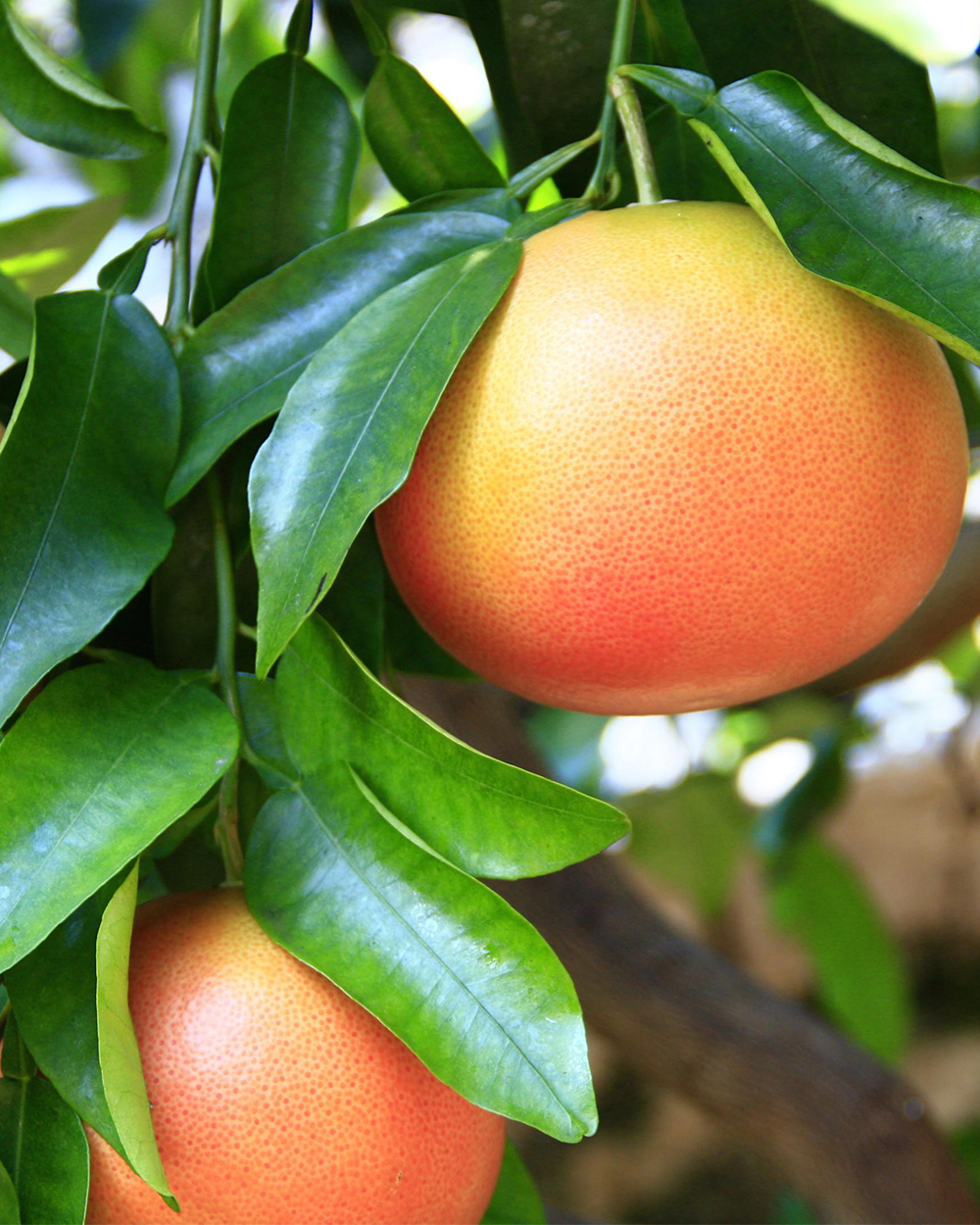Grapefruit trees, like all citrus trees, are susceptible to various diseases. Proper care and disease management are essential for maintaining the health and productivity of grapefruit trees. Common diseases that can affect grapefruit trees include:
Citrus Canker (Xanthomonas axonopodis): Citrus canker is a bacterial disease that causes raised, corky lesions on leaves, fruit, and stems. It can result in defoliation, fruit drop, and reduced fruit quality. Management includes pruning and destroying infected plant material, copper-based sprays, and improving air circulation.
Citrus Greasy Spot (Mycosphaerella citri): Greasy spot is a fungal disease that causes dark, oily-looking spots on the upper surface of leaves. It can reduce fruit quality and defoliate the tree. Fungicidal sprays and good sanitation practices can help manage this disease.
Citrus Black Spot (Guignardia citricarpa): This fungal disease creates raised, black, scaly lesions on the fruit's rind. It can lead to fruit drop and reduced marketability. Fungicidal sprays and proper pruning to improve airflow can help control black spot.
Citrus Root Rot (Phytophthora spp.): Root rot is a soilborne disease that affects the roots and lower trunk of citrus trees. Infected trees may exhibit poor growth, yellowing leaves, and fruit drop. Improving drainage, avoiding overwatering, and planting on well-draining soil are crucial for prevention.
Citrus Tristeza Virus (CTV): Tristeza is a viral disease that can cause various symptoms, including leaf yellowing, leaf drop, and stunted growth. It is often transmitted by aphids and grafting. Planting certified disease-free trees and managing aphid populations can help prevent its spread.
Citrus Huanglongbing (HLB): Also known as citrus greening, HLB is a devastating bacterial disease that affects all parts of the citrus tree. Infected trees exhibit yellowing leaves, misshapen fruit, and reduced fruit production. There is no cure for HLB, so prevention through regular monitoring, insect control (to manage the disease's vector, the Asian citrus psyllid), and early removal of infected trees is essential.
Citrus Melanose (Diaporthe citri): Melanose is a fungal disease that causes raised, corky lesions on fruit and leaves, leading to reduced fruit quality. Pruning infected branches and applying copper-based sprays can help manage this disease.
Citrus Scab (Elsinoë fawcettii): Citrus scab causes raised, scaly lesions on fruit and leaves. It can result in reduced fruit quality and marketability. Fungicidal sprays and good sanitation practices can help control citrus scab.
Alternaria Brown Spot (Alternaria spp.): Brown spot causes small, circular, brown lesions on leaves and fruit. It can lead to fruit drop and reduced fruit quality. Fungicidal sprays and pruning to improve air circulation can be effective management strategies.
Phytophthora Citrophthora (Brown Rot): This fungal pathogen can cause brown rot on fruit, leading to fruit decay and loss. Proper irrigation management to prevent waterlogged soil and improving soil drainage can help prevent this disease.
Effective disease management for grapefruit trees involves a combination of cultural practices, such as proper pruning and sanitation. Regular monitoring of your trees for symptoms is essential to detect diseases early and take appropriate action. Additionally, planting disease-resistant or disease-tolerant grapefruit tree varieties can be a proactive step in disease prevention.
|





Reviews
There are no reviews yet.